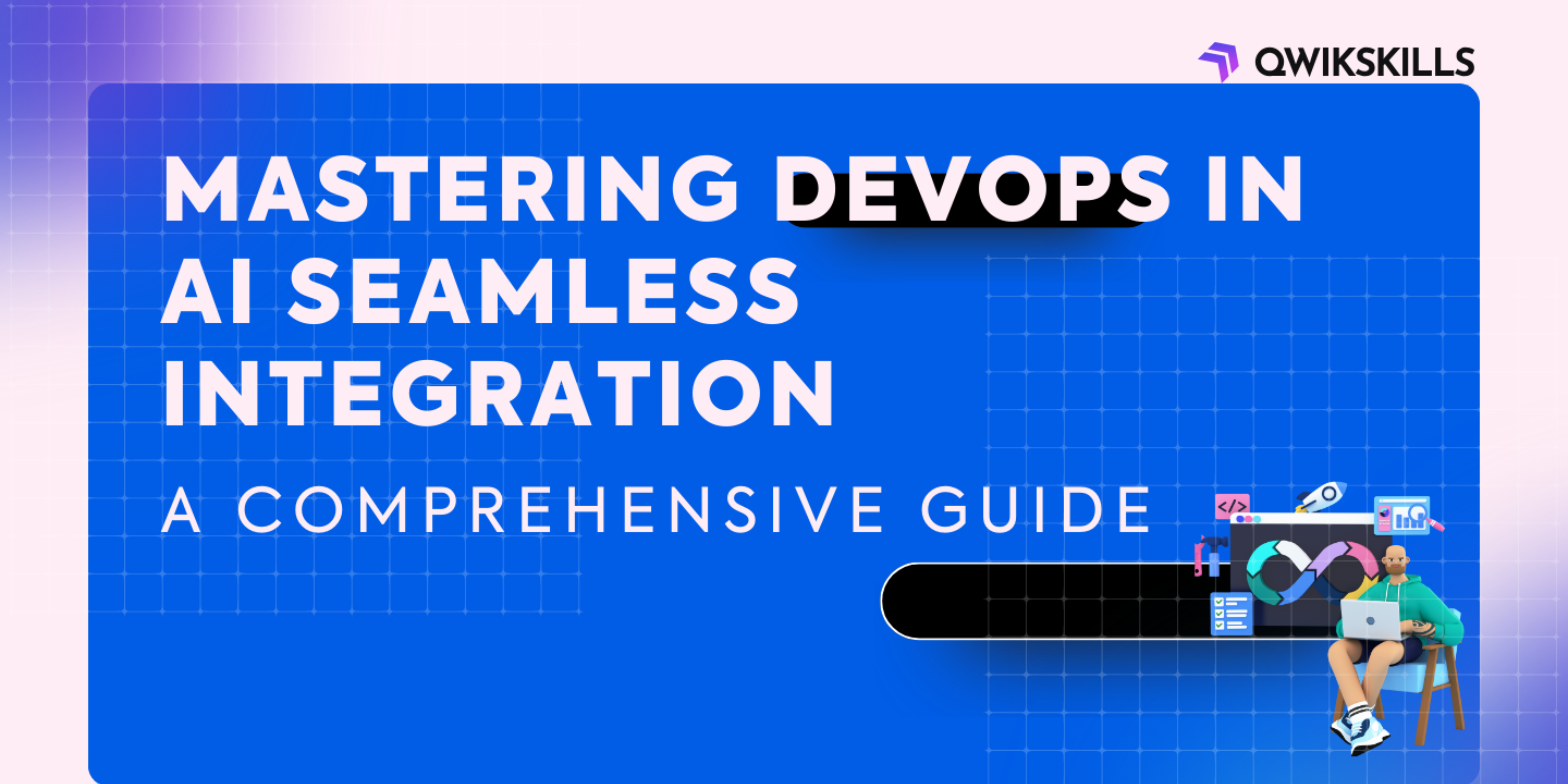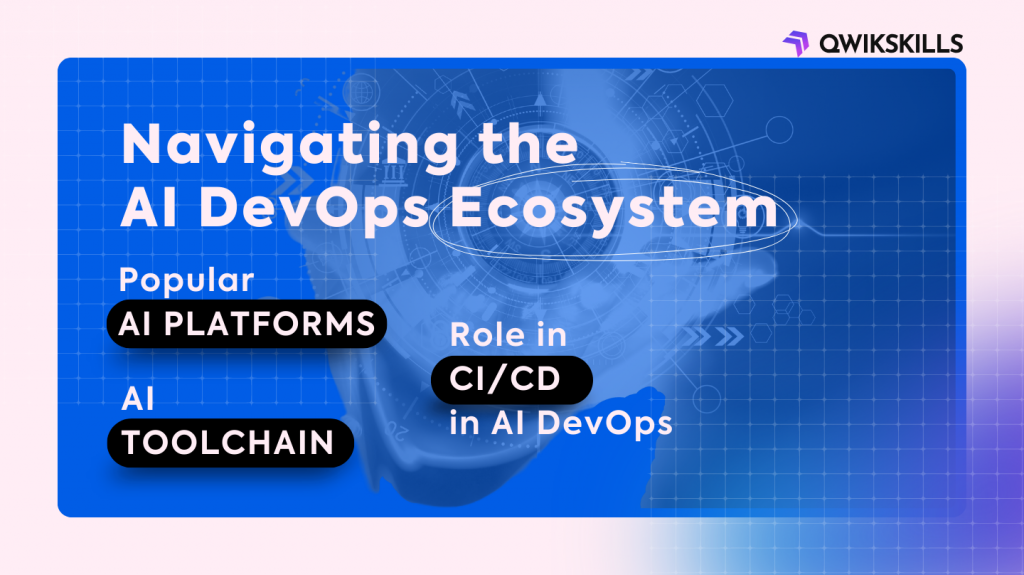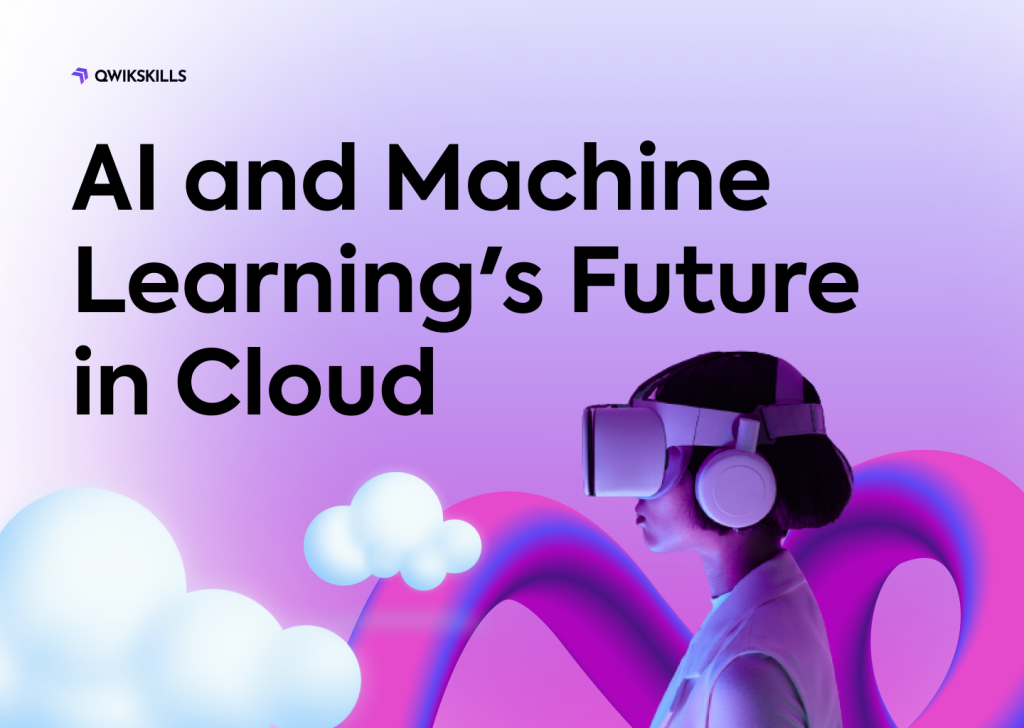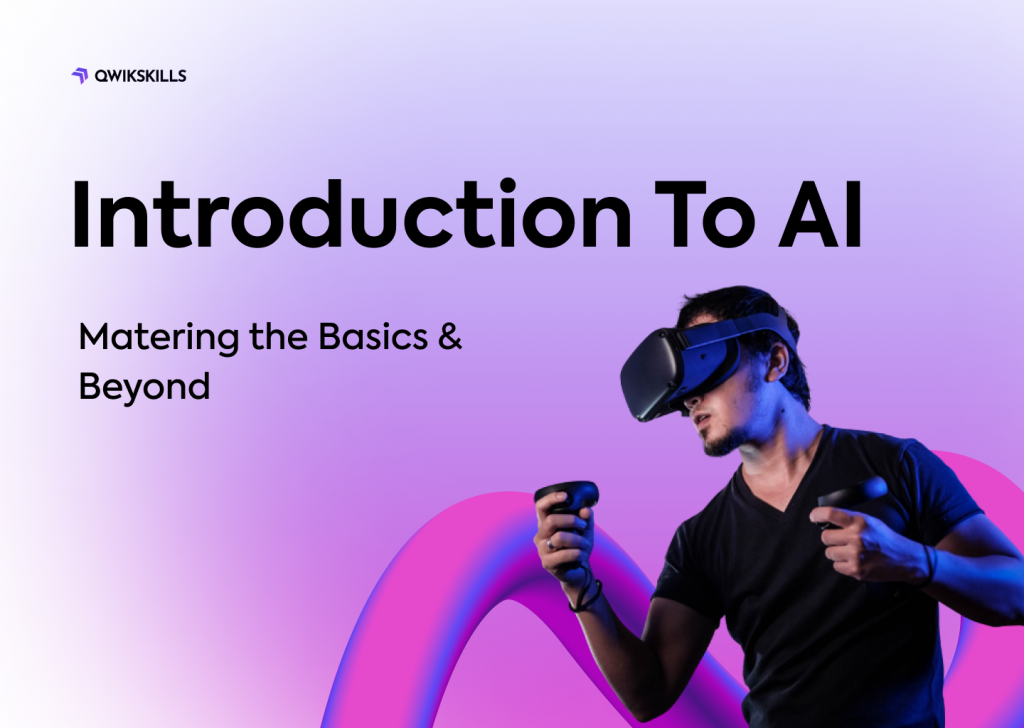Introduction
In the fast-evolving landscape of artificial intelligence, the fusion of AI and DevOps, often referred to as AI, has emerged as a transformative force. This comprehensive guide aims to unravel the intricate tapestry of DevOps in the context of AI, equipping you with the knowledge to master the seamless integration of these two powerhouse technologies.
As industries increasingly embrace AI to enhance their operations, the need for a robust, efficient, and scalable approach to AI deployment becomes paramount. AI, with its unique set of principles and best practices, offers a solution to this challenge. In this guide, we will delve deep into the world of AI, uncovering its significance, tools, best practices, real-world case studies, and future trends.
Objectives of this Guide
- Demystify the concept of AI DevOps.
- Provide actionable insights and best practices for integrating AI into DevOps processes.
- Showcase real-world case studies of AI success stories.
- Keep you informed about the latest trends and technologies in AI DevOps.
Benefits of Mastering DevOps in AI Integration
By mastering, you unlock a multitude of benefits, including:
- Enhanced efficiency in AI model deployment.
- Improved collaboration between data scientists, developers, and operations teams.
- Accelerated time-to-market for AI-driven applications.
- Higher quality AI models through continuous testing and validation.
- Adaptability to the evolving landscape of AI DevOps.
II. Understanding DevOps in the Context of AI
Defining DevOps for AI
DevOps, a portmanteau of “Development” and “Operations,” is a set of practices that foster collaboration between software development (Dev) and IT operations (Ops) teams. In the realm of AI, DevOps extends these principles to the development and deployment of AI models. It’s the bridge that ensures the seamless flow of AI from development to production.
Key Principles of AI
- Automation: Streamlining AI model deployment through automated processes.
- Continuous Integration (CI): Merging code changes into a shared repository continuously.
- Continuous Deployment (CD): Automatically releasing AI models to production.
- Monitoring and Feedback: Constantly assessing the performance of deployed AI models.
Challenges Without AI
Without AI, organizations face bottlenecks such as:
- Manual Deployments: Slower, error-prone AI model deployments.
- Lack of Collaboration: Siloed teams leading to miscommunication.
- Quality Assurance: Limited testing and validation of AI models.
- Scalability Issues: Difficulty in scaling AI operations.
III. Navigating the AI DevOps Ecosystem
AI Toolchain
The AI toolchain encompasses various components, each playing a crucial role in the AI development and deployment process. These components include:
- Version Control: Managing changes in AI model code.
- Continuous Integration/Continuous Deployment (CI/CD): Automating the release of AI models.
- Containerization: Packaging AI models and dependencies for consistency.
- Monitoring and Logging: Tracking AI model performance in real-time.
Popular AI Platforms
- TensorFlow Extended (TFX): Google’s open-source platform for deploying production-ready AI pipelines.
- Kubeflow: A Kubernetes-native platform for deploying, monitoring, and managing AI models.
- MLflow: An open-source platform for the complete machine learning lifecycle.
Role of CI/CD in AI DevOps
Continuous Integration (CI) and Continuous Deployment (CD) are pivotal in AI as they ensure the continuous testing and release of AI models. CI/CD pipelines automate the testing, validation, and deployment of AI models, reducing the chances of errors and bottlenecks.
IV. Best Practices for Integrating AI into DevOps
Seamless AI Integration
To achieve seamless AI integration within DevOps processes, consider these best practices:
- Data Management: Ensure high-quality, well-annotated data for training AI models.
- Model Deployment: Use containerization for consistent model deployment.
- Monitoring and Feedback: Implement continuous monitoring for AI model performance.
- Testing and Validation: Rigorously test AI models at every stage of deployment.
Importance of Testing and Validation
Testing and validation are the linchpins of AI. They ensure the reliability and quality of AI models in production. Rigorous testing encompasses:
- Unit Testing: Validating individual AI model components.
- Integration Testing: Testing the interaction of AI models with other systems.
- Performance Testing: Assessing AI model performance under various conditions.
V. Real-world Case Studies
Success Stories
- Netflix: The streaming giant employs AI to optimize content recommendations, enhancing user engagement.
- Uber: Uber uses AI to improve ride-sharing algorithms, leading to more efficient routes and reduced wait times.
- NASA: NASA leverages AI to analyze vast amounts of space data, aiding in space exploration.
Challenges and Solutions
These case studies highlight challenges such as data management, model versioning, and real-time monitoring. Solutions often involve adopting AI DevOps best practices, leading to remarkable outcomes.
VI. Staying Updated with AI DevOps Trends
Evolving Landscape
AI is a dynamic field. To stay ahead, consider the following:
- AI Trends: Keep an eye on emerging trends like AI model explainability and ethical AI.
- New Technologies: Explore tools like AutoML and MLOps for AI automation.
- Community Engagement: Join AI communities to learn from experts and peers.
VII. Semantically Similar FAQs
- What are the advantages of integrating AI with DevOps?
- Integrating AI with DevOps enhances deployment efficiency, fosters collaboration, and accelerates AI model deployment.
- How can AI DevOps improve model deployment efficiency?
- AI DevOps streamlines the deployment process, automates testing, and ensures consistent model releases, thus improving efficiency.
- Which tools are recommended for AI DevOps automation?
- Tools like TensorFlow Extended (TFX), Kubeflow, and MLflow are recommended for automating AI processes.
- What are the common challenges in AI adoption?
- Common challenges include data management, model versioning, and ensuring AI model performance in real-time.
- Can you provide examples of companies excelling in AI?
- Companies like Netflix, Uber, and NASA have excelled in AI, optimizing their operations through AI integration.
VIII. Conclusion
In closing, mastering in AI seamless integration is not a luxury but a necessity in the AI-driven world. This comprehensive guide has equipped you with the knowledge and insights needed to embark on this transformative journey. Remember that the key to success lies in continuous learning and adaptation. Implement the discussed best practices, stay engaged with the evolving AI landscape, and watch your AI initiatives soar to new heights.
Ready to master AI and take your skills to the next level? Explore QwikSkills.com‘s AI courses today. Equip yourself with the knowledge and expertise to thrive in this dynamic field. Start your journey now!






